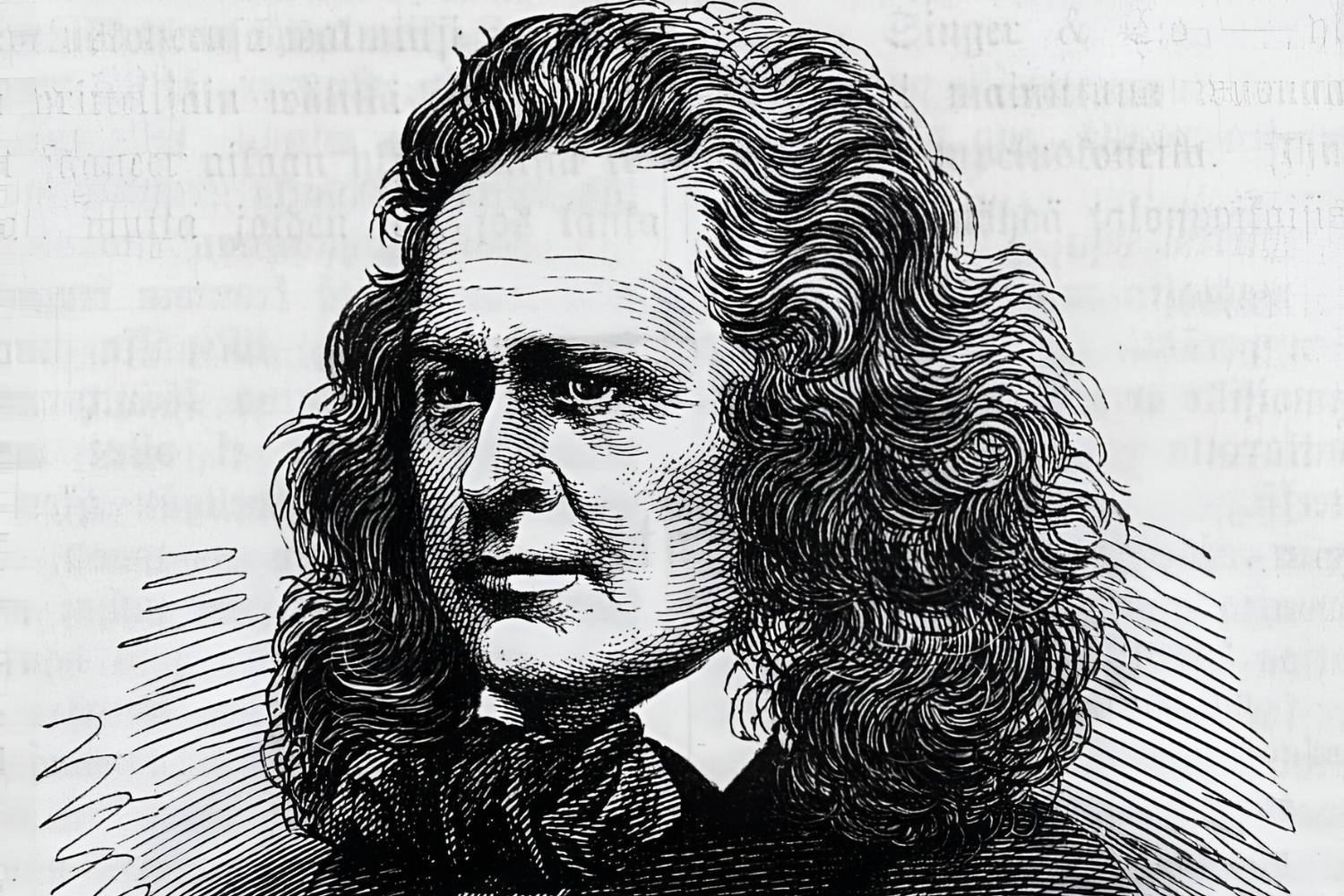
Who invented the sewing machine? Elias Howe, an American inventor, is credited with creating the first practical sewing machine in 1846. His invention revolutionized the textile industry by significantly speeding up the process of stitching fabric. Before Howe's breakthrough, sewing was done by hand, which was time-consuming and labor-intensive. Howe's machine used a lockstitch design, which made stitches more durable and consistent. Despite facing initial challenges, including patent disputes and financial struggles, Howe's invention eventually gained widespread acceptance. His contributions laid the foundation for modern sewing machines, making him a pivotal figure in the history of textile manufacturing.
Key Takeaways:
- Elias Howe, the inventor of the modern sewing machine, overcame challenges and legal battles to revolutionize the textile industry. His invention led to mass production of clothing and created new job opportunities.
- Howe's sewing machine, with its lockstitch design, made garments more affordable and reduced production time. His legacy lives on as a pioneer who transformed the textile industry.
Early Life and Background
Elias Howe was an American inventor best known for his creation of the modern sewing machine. His journey to this invention is filled with interesting facts.
- Born on July 9, 1819, in Spencer, Massachusetts, Elias Howe grew up in a farming family.
- He worked in a textile factory as a young boy, which sparked his interest in machinery.
- At the age of 16, Howe moved to Lowell, Massachusetts, to work in a textile mill, gaining valuable experience.
The Sewing Machine Invention
Howe's most significant contribution to the world was his invention of the sewing machine. Here are some fascinating details about this invention.
- In 1846, Howe received a patent for his sewing machine, which used a lockstitch design.
- His machine could make 250 stitches per minute, a significant improvement over hand sewing.
- The sewing machine featured a needle with an eye at the point, a shuttle operating beneath the cloth, and an automatic feed.
Struggles and Legal Battles
Despite his groundbreaking invention, Howe faced numerous challenges and legal battles.
- Howe struggled to find investors and manufacturers willing to produce his sewing machine.
- He traveled to England in 1847 to promote his invention but faced financial difficulties.
- Upon returning to the United States, Howe discovered that other inventors had copied his design.
- He spent years in court defending his patent, eventually winning significant settlements.
Impact on the Textile Industry
Howe's invention revolutionized the textile industry and had a lasting impact on manufacturing.
- The sewing machine drastically reduced the time required to produce garments.
- It enabled mass production of clothing, making garments more affordable.
- The invention created new job opportunities in factories and workshops.
- Howe's sewing machine contributed to the growth of the ready-made clothing industry.
Personal Life and Legacy
Beyond his invention, Howe's personal life and legacy are also noteworthy.
- Howe married Elizabeth Jennings Ames in 1841, and they had three children.
- During the American Civil War, Howe served as a private in the Union Army.
- He used his wealth to support the war effort, donating funds to equip a regiment.
- Howe's health declined after the war, and he passed away on October 3, 1867, at the age of 48.
Honors and Recognition
Elias Howe's contributions have been recognized and honored in various ways.
- In 2004, Howe was inducted into the National Inventors Hall of Fame.
- His sewing machine is displayed in museums, including the Smithsonian Institution.
- Howe's invention paved the way for future innovations in sewing technology.
- He is remembered as a pioneer who transformed the textile industry.
Fun Facts
Here are some fun and lesser-known facts about Elias Howe.
- Howe's original sewing machine design was inspired by the mechanics of a loom.
Elias Howe's Legacy
Elias Howe's invention of the sewing machine changed the textile industry forever. His patent in 1846 paved the way for mass production of clothing, making it more affordable for everyone. Howe's legal battles to protect his invention showed his determination and belief in his work. Despite facing many challenges, he never gave up.
Howe's contributions went beyond just the sewing machine. He also played a role in the development of other technologies and even served in the Civil War. His innovative spirit and perseverance continue to inspire inventors today.
Understanding Howe's life and achievements gives us a deeper appreciation for the everyday items we often take for granted. Next time you see a sewing machine, remember the man who made it all possible. Elias Howe's legacy lives on in every stitch.
Frequently Asked Questions
Was this page helpful?
Our commitment to delivering trustworthy and engaging content is at the heart of what we do. Each fact on our site is contributed by real users like you, bringing a wealth of diverse insights and information. To ensure the highest standards of accuracy and reliability, our dedicated editors meticulously review each submission. This process guarantees that the facts we share are not only fascinating but also credible. Trust in our commitment to quality and authenticity as you explore and learn with us.
